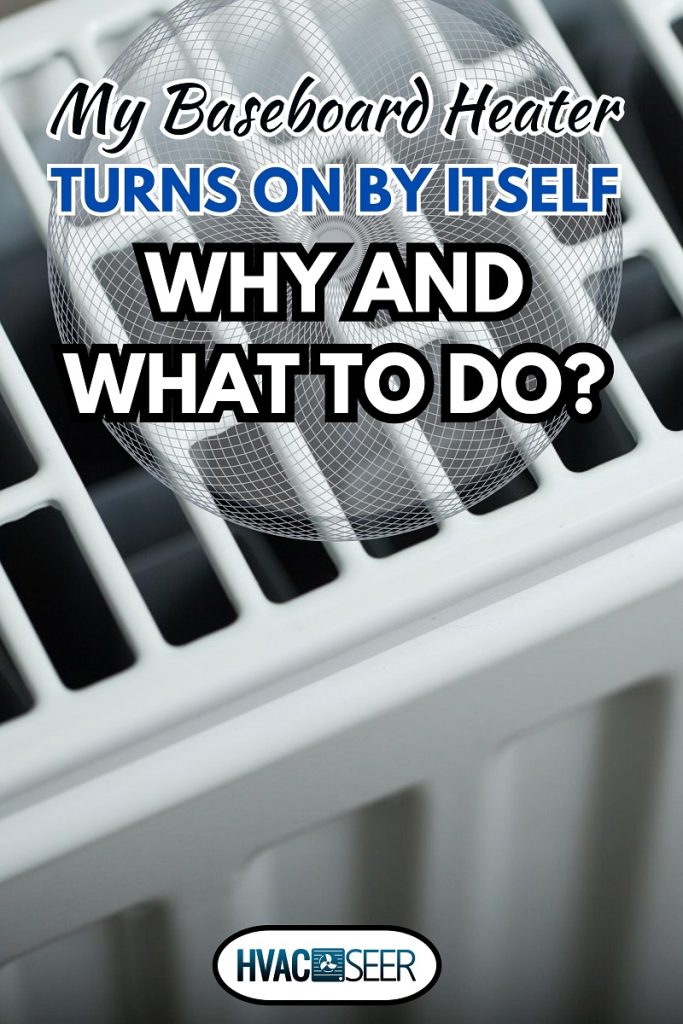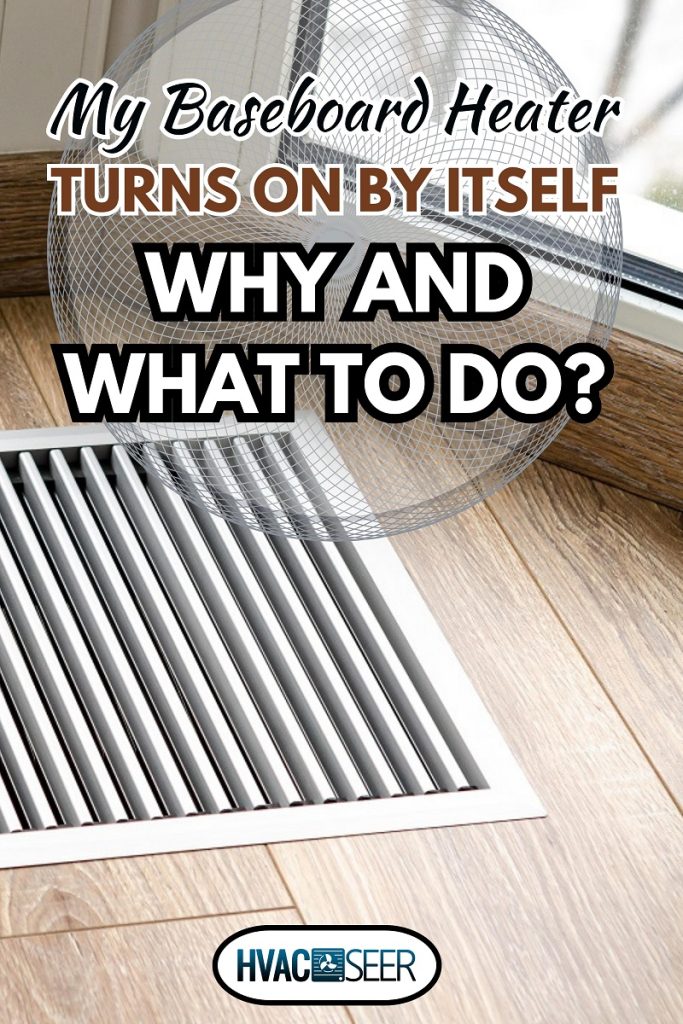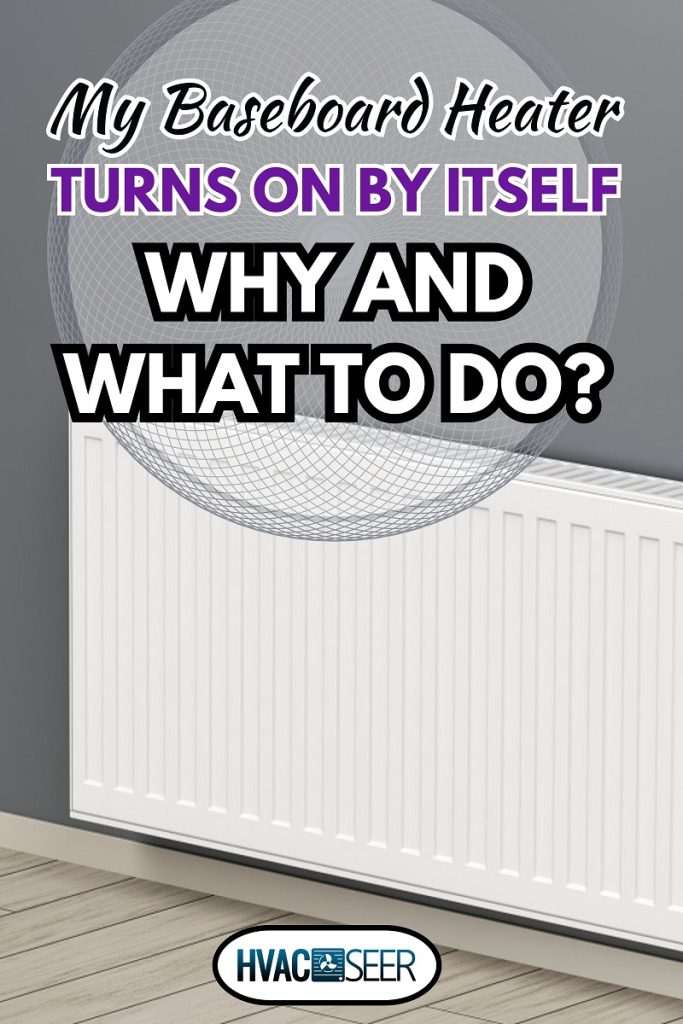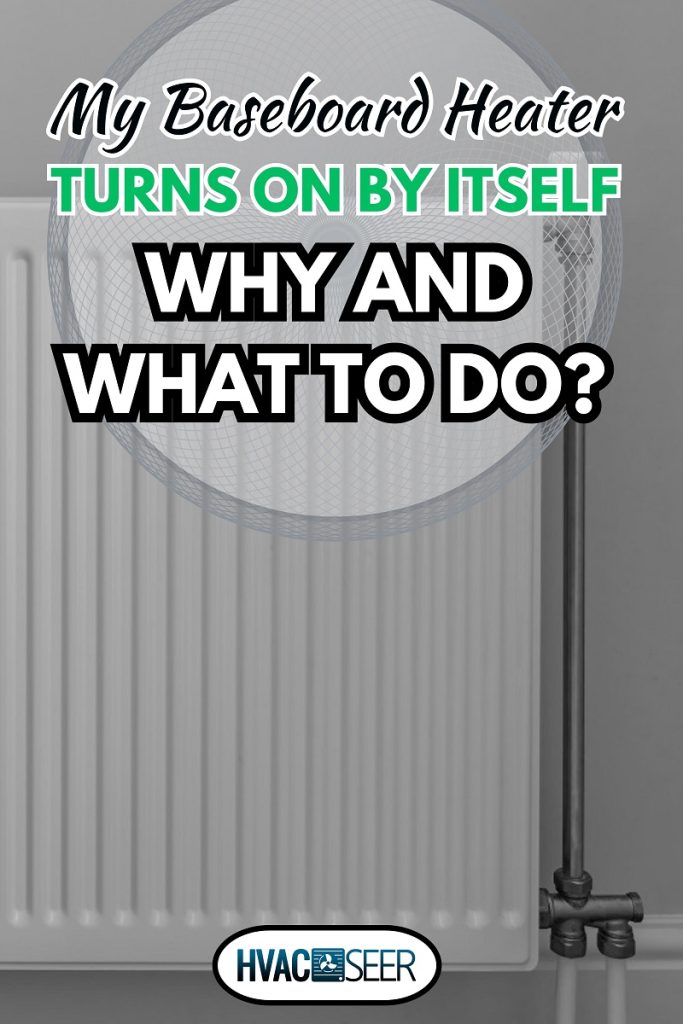Baseboard heaters are mounted to the walls of your house. They are easy to install and can be safer than regular heaters. If your baseboard heater turns on by itself, you may wonder what's going on. In line with this, we have researched the best troubleshooting tips and causes as to why your heater is turning on by itself.
When a baseboard heater turns on by itself, there might be a problem with the thermostat or with the electrical system. To troubleshoot this, check the thermostat and the electrical system. If you find that the problem is complex and you can't repair it on your own, call the manufacturer or have an electrician check your wiring.
Fixing a baseboard heater can be complicated, especially when you are dealing with electrical wiring. We have researched this to help you fix your heater and find out why it has been having issues in the first place.

Why Does A Baseboard Heater Turn On By Itself?
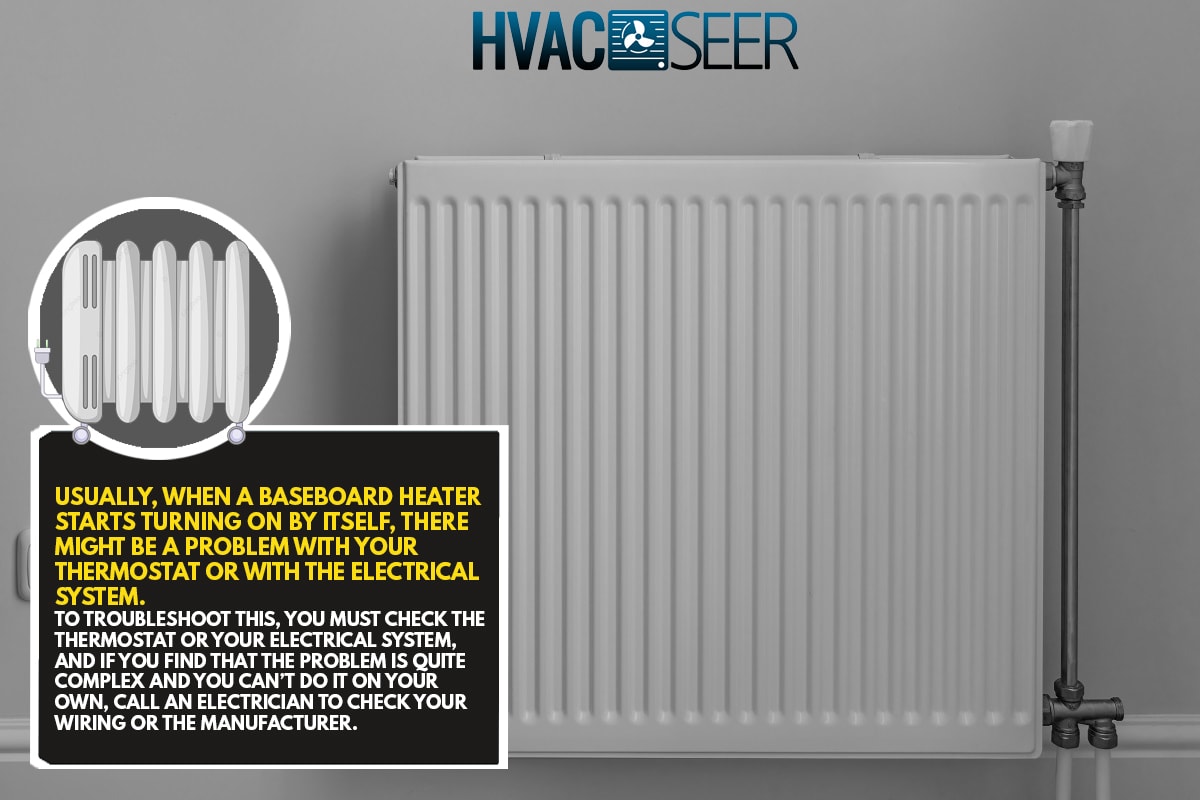
Baseboard heaters have become a staple in some households. They are often compared to Cove heaters, as the latter is bulkier and requires high maintenance unlike the former.
The same goes for heaters with forced-air systems. But just like any regular heater, baseboard heaters are susceptible to malfunctions every now and then.
Whenever your baseboard heater turns on by itself, regardless of whether you set it on a timer or not, the common cause is a shorting in the wiring. There may also be something wrong with your thermostat.
You might also want to check your circuit breaker, because it could be a problem.
What To Do When Baseboard Heaters Turn On Spontaneously
To fix a baseboard heater that turns on by itself, you can do the following:
Contact the manufacturer of your baseboard heater
When having a problem with any appliance that you purchased, the first thing that would pop up as a solution would be to call the manufacturer. The manufacturer most likely has examined the items that they produce which will make it easier for you.
Warranties are also a big help when problems like this occur, so you should make the most of them. Usually, for baseboard heaters, warranties last from one to five years, depending on the brand.
Check your circuit breaker and electrical wiring
In instances where you will be required to check your wiring, the first thing that you should do is check your breaker. You will notice firsthand when there is a problem with your breaker because there will be an instance where your circuit trips immediately.
If the breaker starts to become hot immediately after it trips, then there must be a short circuit somewhere.
If this is the case, you should replace the wiring. You can also opt to change the fuse if you want to be more thorough. If you want to examine it yourself first, before consulting a technician, then you can do the following:
- Turn off the electricity by switching off the breaker box.
- Follow the wiring from the electrical panel to the heater's thermostat.
- Look for issues that might cause overheating of the wires.
- If you found the problem, call a technician and make sure that the wires are intact.
Check the thermostat of your baseboard heater
Checking the thermostat is second to checking to breaker if you did not see a problem with the latter. The problem with the wiring between the thermostat and the breaker occurs when, upon checking the breaker, it trips just after turning the circuit breaker on and before the heater's thermostat is on.
If this is the case, you should check for burned wiring, frayed areas, or any other signs of damage.
If the breaker stays on but the heater is not working properly, then the problem probably lies in the thermostat, heating element, or limit switch. To check the wires individually, you can use a multi-meter, or you can do the following:
- Turn off the main power.
- Make sure to inspect the label and check the circuit breaker's total amperage load.
- Upon checking, if the circuit breakers are below 20-amp to 30-amp, check the wall outlet.
- If you see damage, then you should call a technician to check the outlets thoroughly.
- The worst case is you end up replacing your circuit breaker.
Check out this digital multimeter at Amazon.
However, if the problem lies in the thermostat itself, without having anything to do with the breaker, then you should do the following:
- Turn your baseboard heater off and let it cool.
- Make sure that the thermostat is at the correct temperature.
- Make sure that there is a blockage in the thermostat and clean the blockage.
- The worst case would be changing your thermostat if the damage is too severe.
Call a professional electrician if the problem is too complex
If upon checking your breaker or your thermostat, you feel like the problem is too complex for you, then you call an electrician. After all, safety should be your priority.
You can also check out this blog post: "Can you leave baseboard heaters on when not home?"
Different Kinds of Baseboard heaters
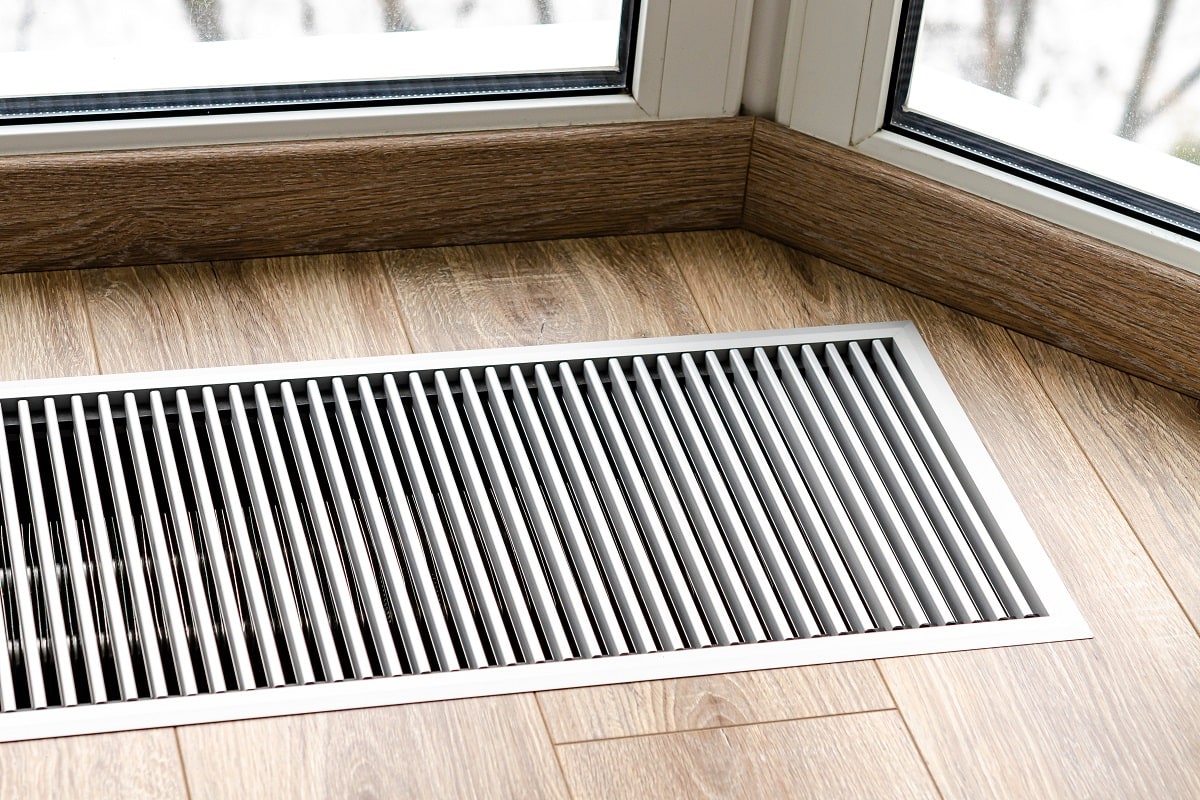
To properly troubleshoot your baseboard heater, you need to find out what kind of heater you have. Below are the kinds of baseboard heaters and their functions.
- Convection baseboard heaters: These are heaters that draw in the cool air collected on the floor and warm it over, using an electrically heated fin. This is the most common and is usually hardwired into your home's electrical system.
- Hydronic baseboard heaters: This is a heater that uses a reservoir of heated fluids and is known to be more energy-efficient than that a convection heater.
- Electric baseboard heaters: This heater is usually located on the lower side of the wall and provides heat through electric resistance.
Check out this electric baseboard heater on Amazon.
Pros and Cons of Baseboard Heaters
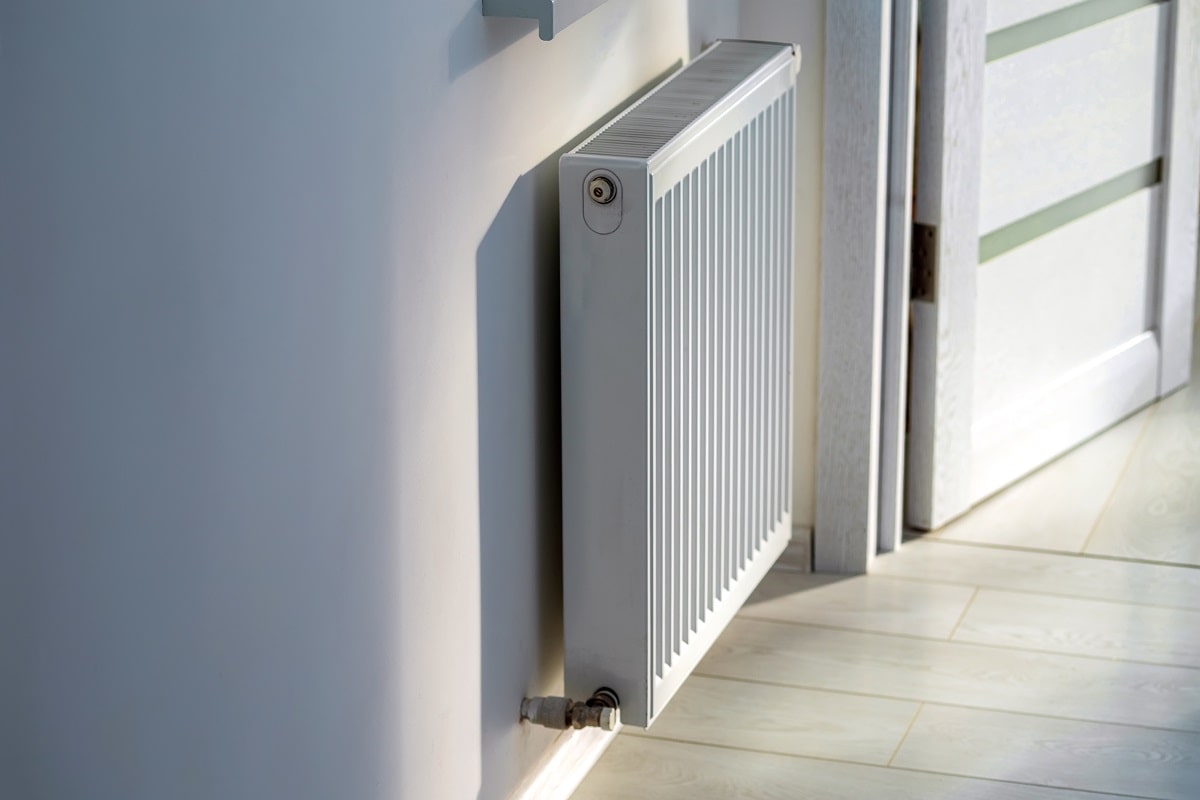
Having a baseboard heater at home can both be a blessing and a curse, especially when it starts to malfunction. Below is a list of pros and cons to help you weigh the necessity of baseboard heaters.
Pros
- It is quieter than other heaters as you'll only hear minimal sound when it starts to warm up.
- The zone heating feature on baseboard heaters allows the family to set different heating temperatures within the house.
- It is easier to install.
- It is energy efficient and can help you save money.
- Depending on the brand, it is usually made of high-quality material, which makes it durable.
Cons
- It can take up valuable space in your house.
- You need to be careful around it.
- Although it can be energy efficient, installing it might cost you more.
- The thermostat can become faulty and might produce inconsistent heat in the long run.
Commons Problems with Baseboard Heaters

By this time, you probably already know that baseboard heaters are also prone to malfunctions in the long run.
If you plan to buy a new baseboard heater, you might want to know more about its common problems so you can decide what is best for you. Below are some problems that baseboard heaters may have.
- The circuit breaker trips. When this happens, the best way to mitigate it before calling your electrician is to check the wirings and cut off the power.
- Baseboard heater won't turn on or off. This usually happens when your thermostat is faulty, or the heater needs some cleaning.
- Baseboard heater producing a burning smell. This is common for a newly purchased heater. But if this occurs in the long run, you should consider cleaning it because there might be too much dirt and lubricant build-up inside your heater.
- The baseboard heater is turned on but produces zero heat. If this occurs, you need to check the surroundings of your heater for possible blockage.
Check out this insightful post to learn more: "Should baseboard heaters touch the floor?"
Conclusion
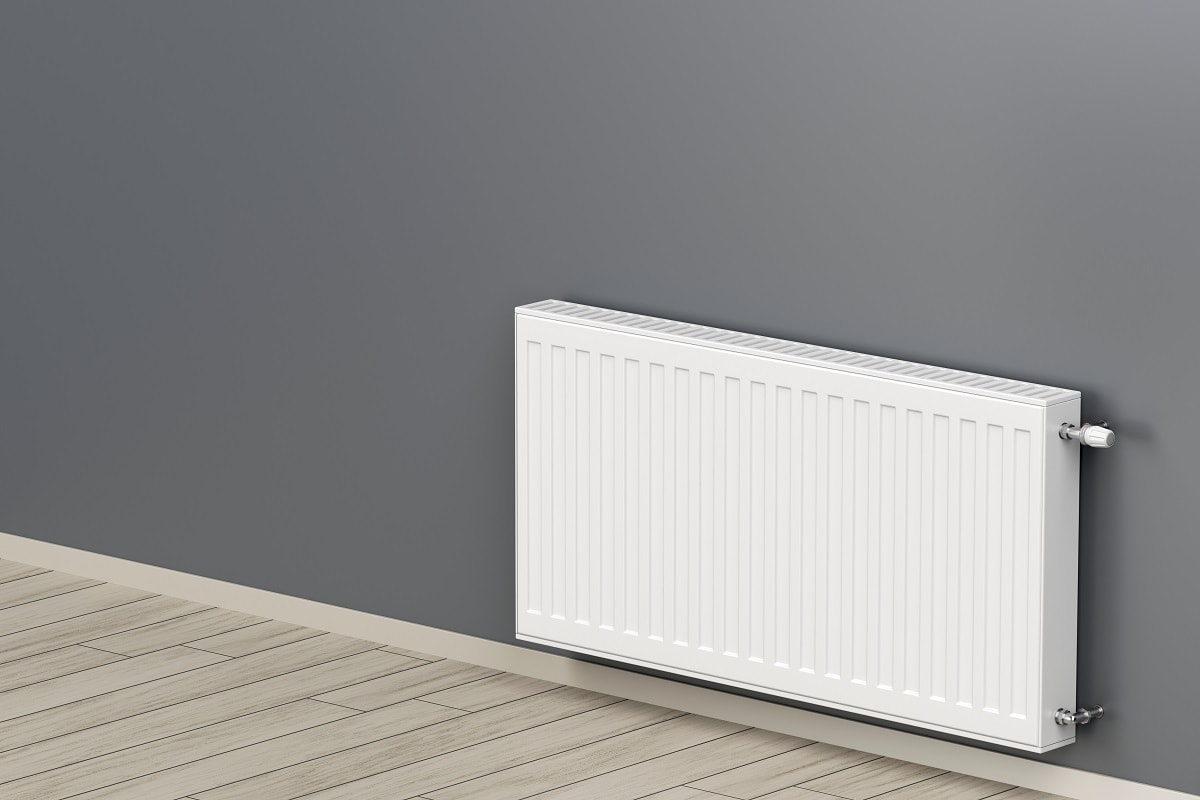
There are different kinds of baseboard heaters that you can consider. When yours starts to malfunction, you should check your circuit breaker, wiring, and thermostat. You can also check the inside of the heater to see if there is an ample amount of build-up.
Remember to call a professional in cases that are too complicated for you to handle.

